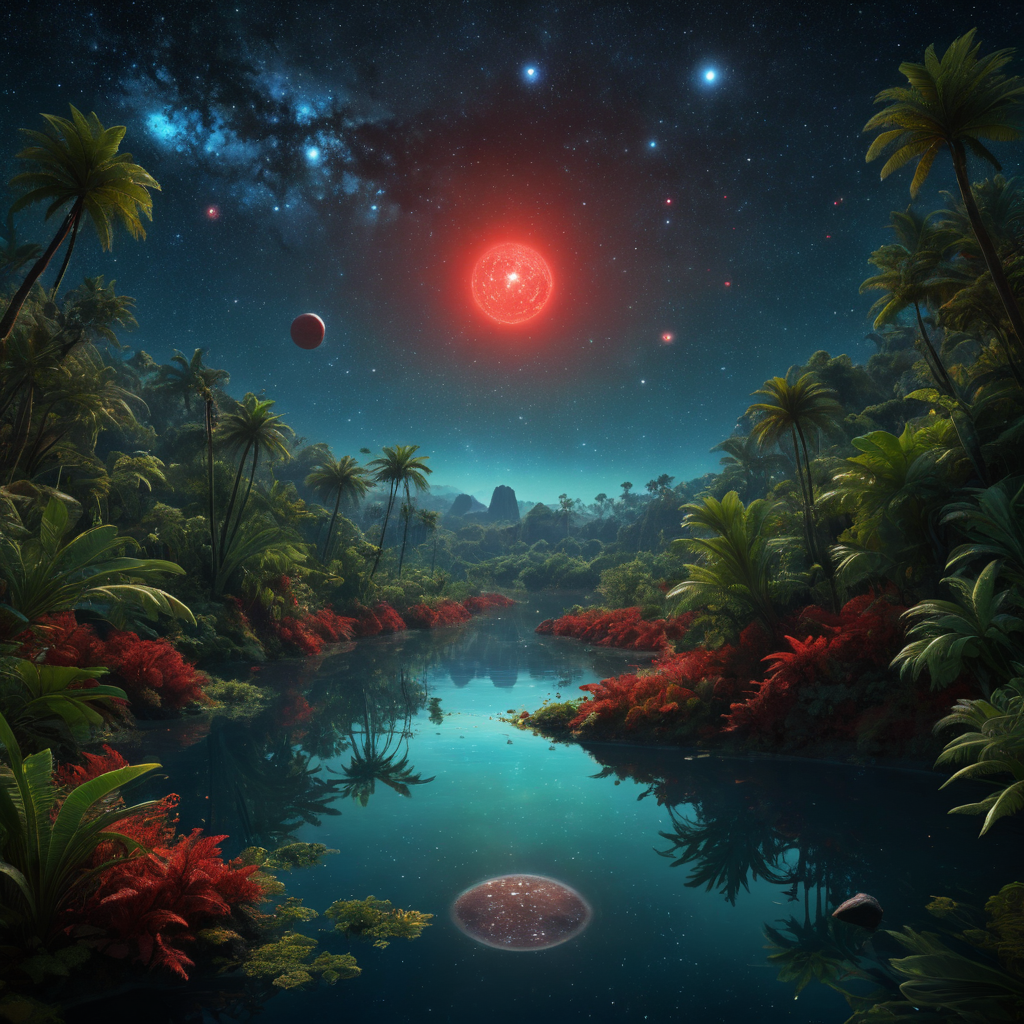Beyond sunlight an aquatic chemosynthetic world
Let’s explore the concept of an aquatic chemosynthetic world, one that doesn’t rely on sunlight as its primary energy source. This requires a systematic breakdown of the challenges and possibilities.
1. Energy Source:
-
Challenge: Sunlight is the primary energy source for most life on Earth. A chemosynthetic world needs an alternative. The most likely candidates are hydrothermal vents, which release chemicals like hydrogen sulfide, methane, and other reduced compounds. These chemicals can be oxidized by chemosynthetic organisms to produce energy. Other possibilities include seeps of reduced chemicals from the seafloor or even chemical reactions within the water column itself (though less likely to support a large ecosystem).
-
Reasoning: Chemosynthesis is already observed in deep-sea ecosystems around hydrothermal vents. This proves the viability of the concept.
2. Primary Producers:
-
Challenge: In a sunlit world, plants are the primary producers. In a chemosynthetic world, chemosynthetic bacteria and archaea fill this role. These organisms oxidize reduced chemicals to produce energy and biomass.
-
Reasoning: The diversity of chemosynthetic organisms around hydrothermal vents demonstrates the variety of ways this can occur. Different organisms may specialize in different chemicals.
3. Food Web:
-
Challenge: The food web will be fundamentally different. Instead of a base of photosynthetic organisms, it will be based on chemosynthetic organisms. These will be consumed by other organisms, creating a trophic pyramid.
-
Reasoning: We can model this food web based on known chemosynthetic ecosystems. It would likely involve various types of bacteria, archaea, invertebrates (e.g., tubeworms, mussels), and potentially even larger animals, depending on the energy available.
4. Environmental Conditions:
-
Challenge: The environment will be dramatically different from a sunlit aquatic ecosystem. Temperature, pressure, and chemical composition will vary greatly depending on the location of the chemosynthetic energy source. Light will be absent or severely limited.
-
Reasoning: Hydrothermal vents are characterized by extreme temperatures and pressures. The chemistry of the water will be influenced by the vent fluids. Adaptations to these conditions will be crucial for survival.
5. Biodiversity:
-
Challenge: The biodiversity of a chemosynthetic world is likely to be lower than a sunlit world due to the limited energy available. However, it could still be surprisingly diverse, with unique adaptations and specialized organisms.
-
Reasoning: While less abundant overall, the unique conditions could lead to specialized niches and high levels of endemism (species found nowhere else).
In summary: A chemosynthetic aquatic world is plausible and could support a complex ecosystem, though vastly different from our own. The key is a readily available source of reduced chemicals and organisms capable of utilizing them for chemosynthesis. The biodiversity and complexity of this world would depend on the abundance and distribution of these energy sources.



